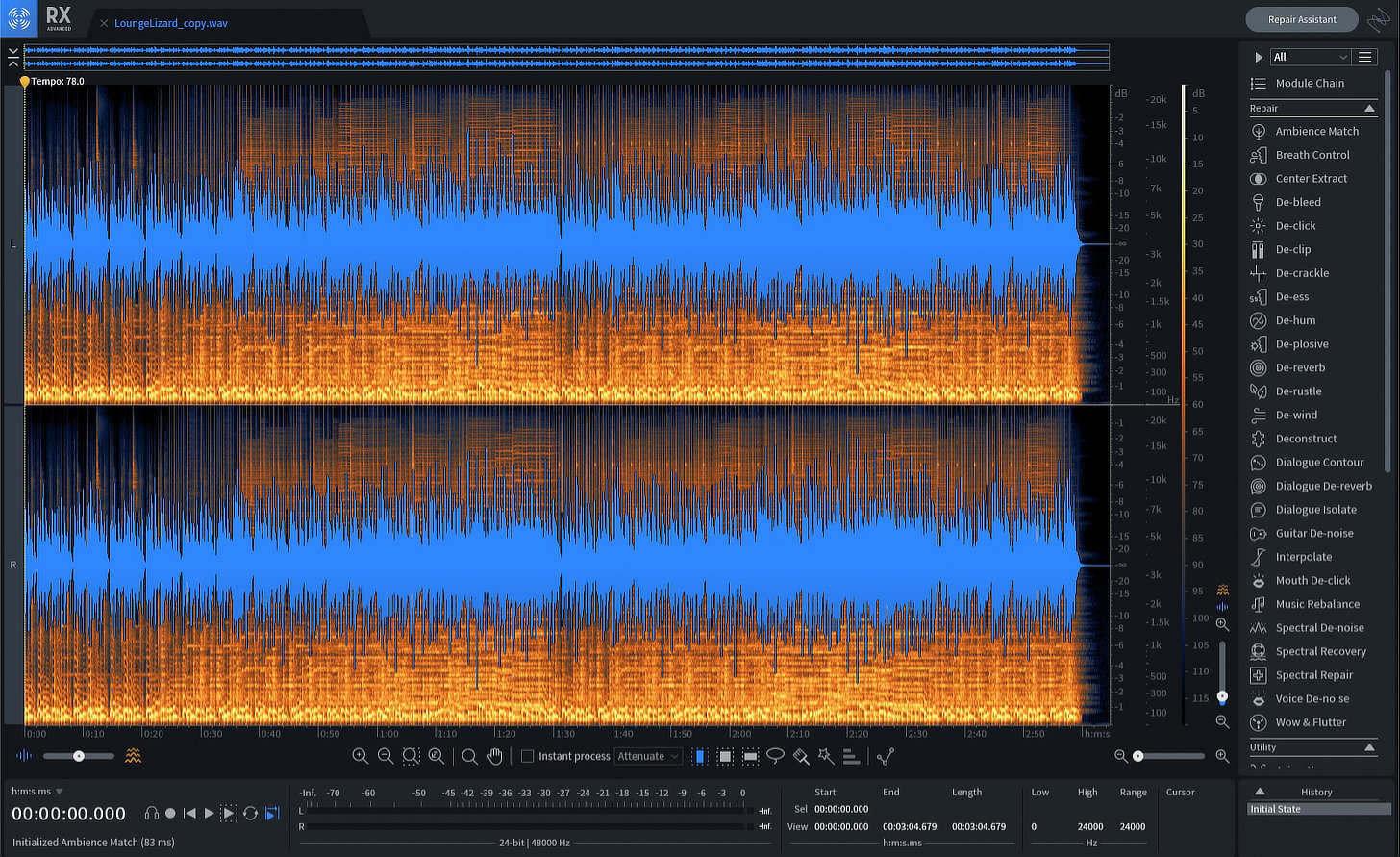

When activated, it applies level correction to your vocal first and foremost in the vocal chain, cutting out the need for riding the fader or adding a ton of compression. One huge time-saving feature for controlling vocal dynamics is the Auto Level Mode in Nectar Pro. Because of this, some parts jump out of the mix and others trail off into the backing music. There are changes in level from word to word, phrase to phrase, and section to section. A mix will sound sloppy and lack definition if one or all of the instruments are too dynamic.Ī usual suspect here is the vocal, which has a naturally wide dynamic range. While we generally appreciate dynamics in music, there can be too much of a good thing. You can see it in action in the video below. This handy plug-in allows you to move your tracks around in a virtual space in order to adjust each track’s volume, panning, and width.
#Fixing loudness izotope insight free
Slowly bring up the next most important part until you find that pocket where it belongs, and repeat this process until everything has its place.Ī useful tool to help with gain staging is iZotope’s free Visual Mixer plug-in. If you have trouble balancing levels, bring all your faders down, leaving only the dominant element playing. This leads to a richer, diverse mix that better communicates the musical story while avoiding clipping. When it comes to gain staging in the mix phase, decide which elements are the most important to the song and make those the loudest, while tucking other elements underneath it. If you record everything as loud as possible, the wonderful ebb and flow you get from dynamics doesn’t occur and headroom (the buffer zone of gain between your highest peaks and 0 dBFS in your DAW) gets compromised. DAWs and modern converters offer us a huge dynamic range so this is no longer an issue, meaning signals can be recorded at lower, more reasonable levels and still sound pretty great.ĭespite this, it's common to receive sessions with instrument tracks that are massive bricks of sound. Once upon a time, engineers needed to record instruments hot to avoid capturing the tape hiss present on tape. Getting a punchy, dynamic mix starts with setting the right levels at both the recording and mixing stages-commonly referred to as gain staging. When launching Mix Assistant, you’re able to control the amount of processing, including dynamic compression, that will be applied to your audio. Mix Assistant will listen to your audio, detect the instrument, and automatically adjust settings according to your chosen target to create a starting custom preset. One great way to match the dynamic range typical for your genre is to use Mix Assistant in Neutron Pro. Apply the kind of processing you hear in pop to a jazz mix, and you will certainly end up with some frightening results. While there are many other styles that exist between these two extremes, the message remains the same: the use of dynamics varies greatly across the musical spectrum, and doing something that works for one style may not be appropriate for another. As for the typical listening environment for jazz and orchestral, we can assume it's at home where things are quiet and listeners can hear softer sections with ease. To preserve the live feel, we typically go easy with dynamic processing, allowing the music to speak for itself. Mixing jazz and orchestral recordings takes an opposite approach. This means you should adjust your approach accordingly. It might borrow from soul, house, or hip-hop. It's also worth mentioning that pop, like many other genres, doesn’t have just one sound. To get this kind of consistency to translate in the loud places we listen to pop-in the car, on public transport, and in public spaces-some pretty considerable dynamic range compression is required. The vocal is almost always front-and-center, the kick and bass always powerful, and supporting elements need to be as tight as possible. When mixing pop music, we strive for polish. Even if it seems obvious, skipping this step might land you with a mix that doesn’t fit the expectations of the music at hand. Before pushing faders and slapping compressors on every track, make note of the style of music you're mixing and where it will be listened to.


 0 kommentar(er)
0 kommentar(er)
